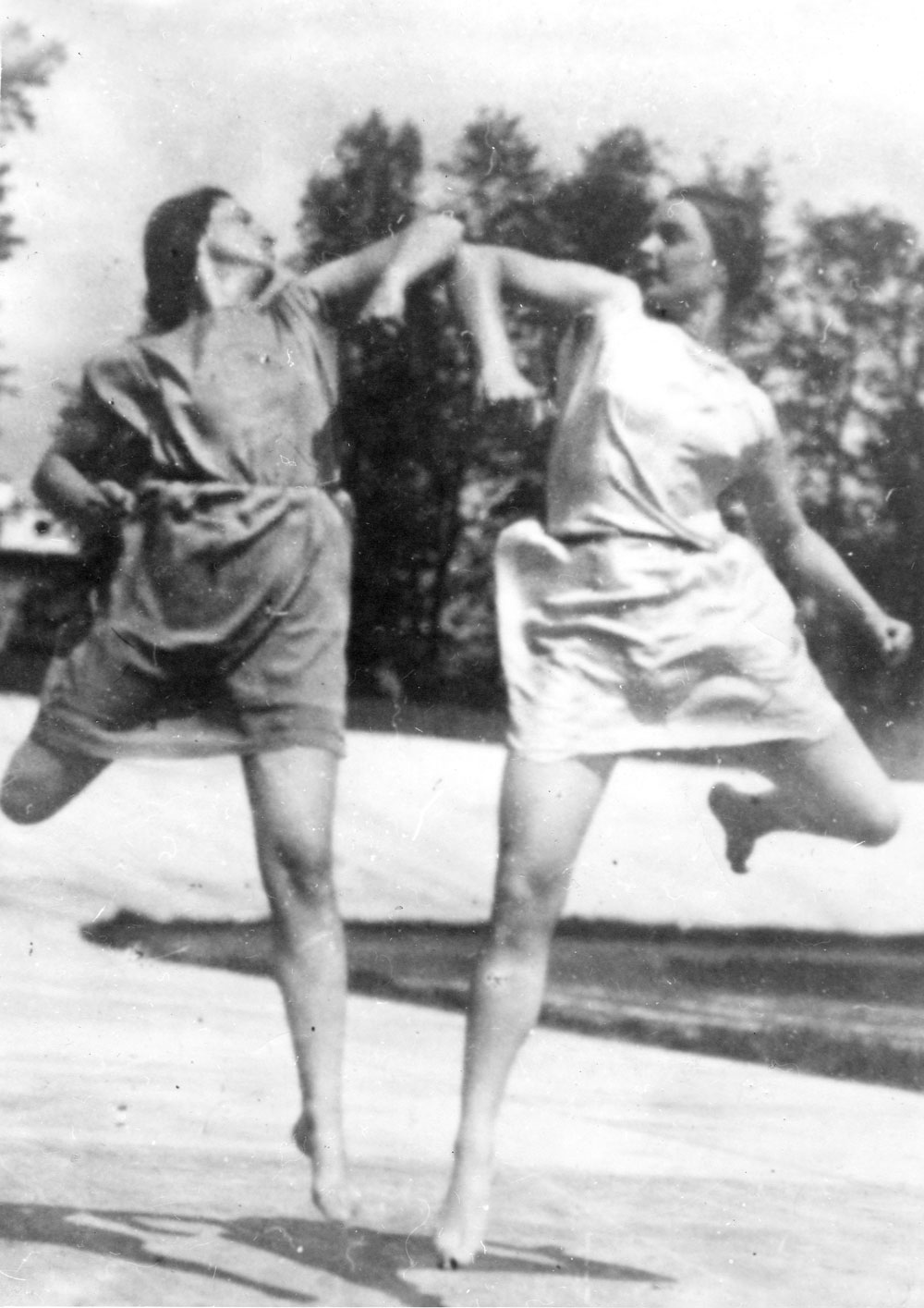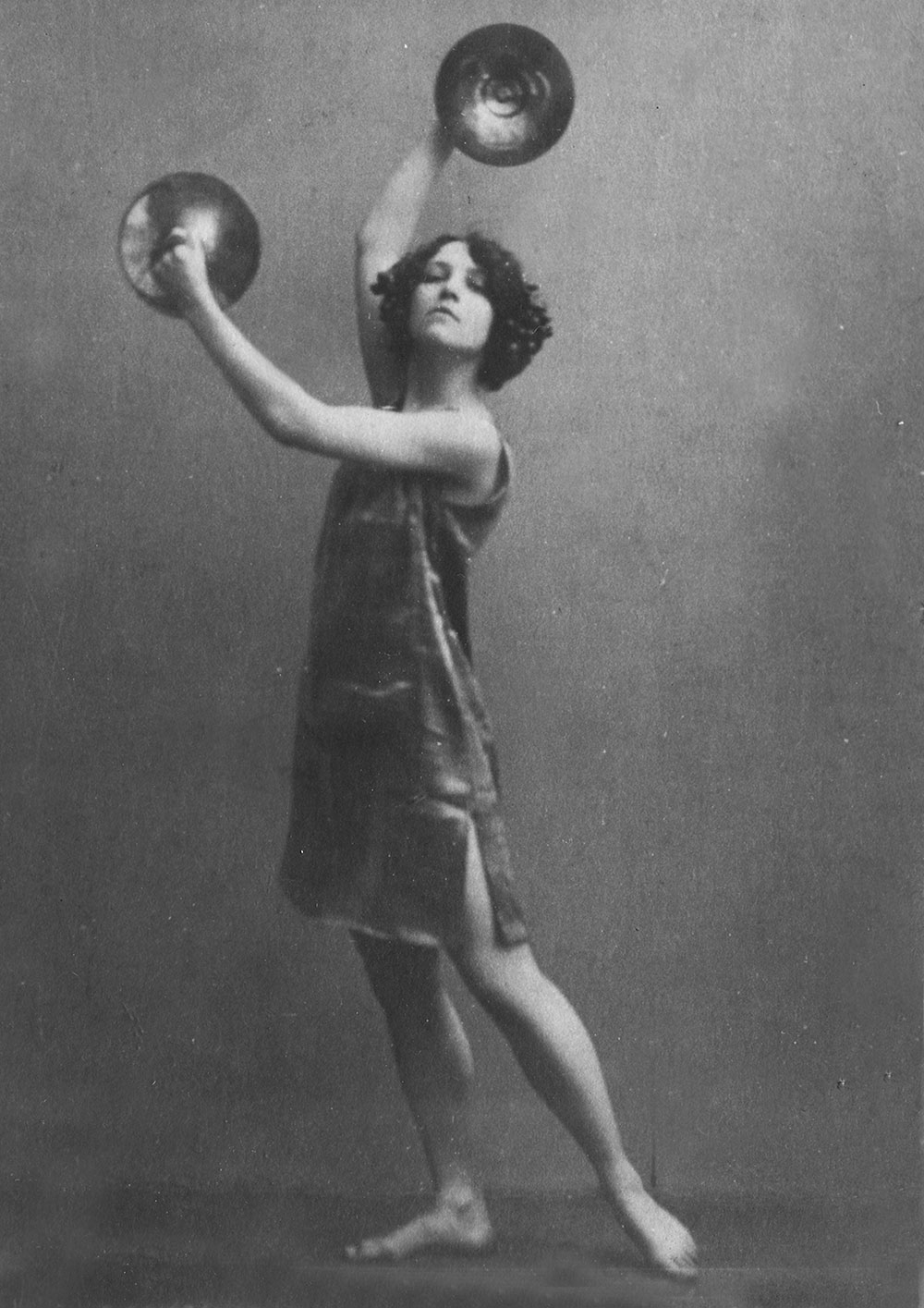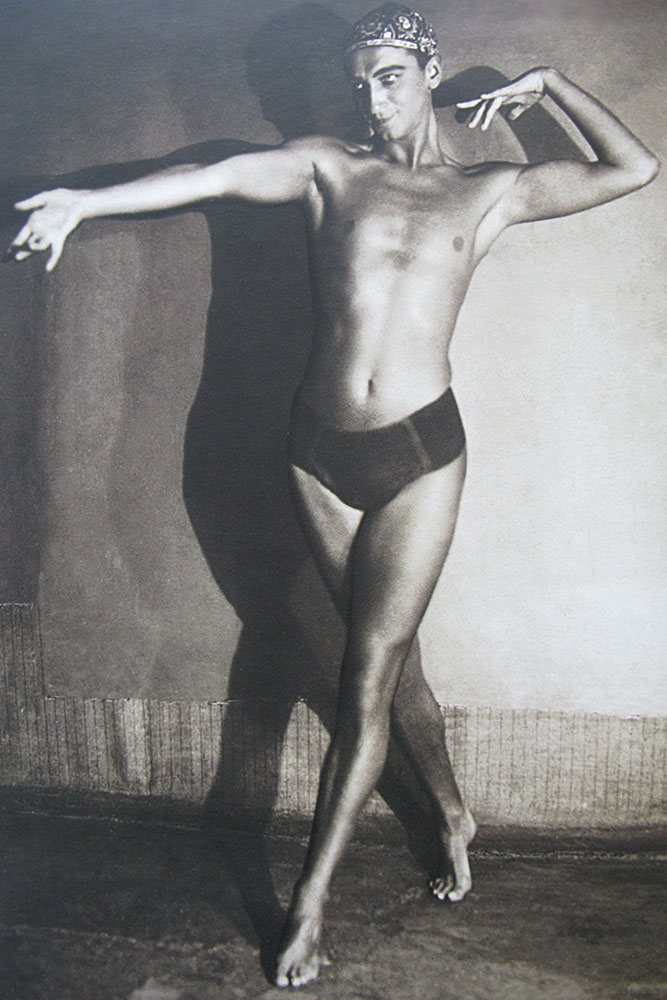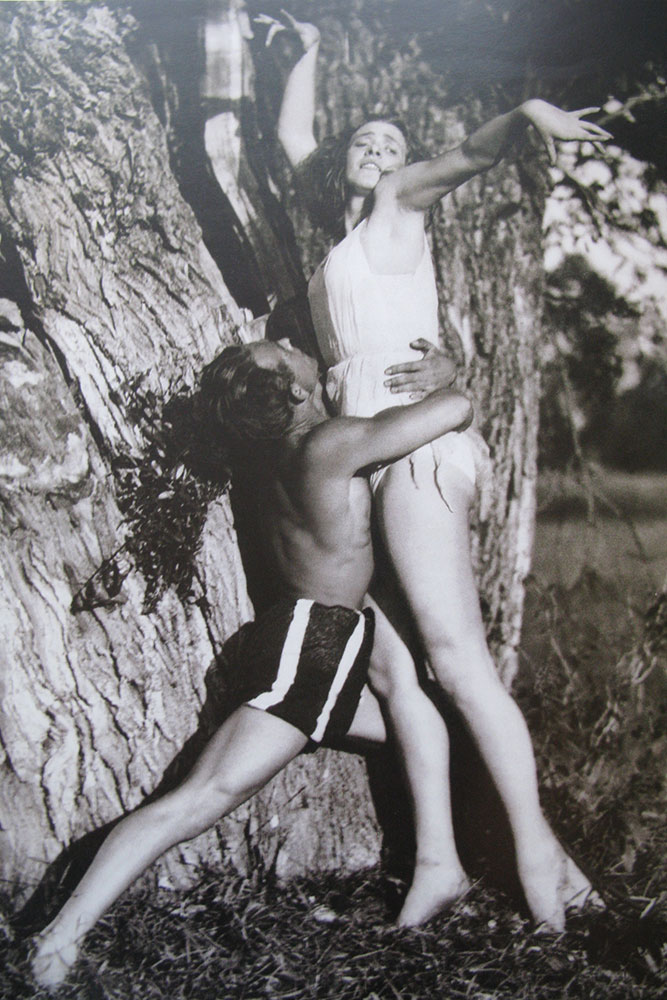Poetry in motion: the avant-garde dancers who brought freedom of movement to Russia
Inspired by Isadora Duncan and the ideals of free dance, Russian choreographers and performers of the 1920s found revolutionary ways of expressing themselves through movement. Roger Smtih and Irina Sirotkina, authors of a new book on avant-garde dance, explain how this short-lived phenomenon came to pass
What do we mean when we talk about the Russian (or Soviet) avant-garde? The avant-garde were those who wanted the future, a bright future – now. If the people who carried through the Russian revolution formed a political avant-garde, young and energetic artists set out to create the art of the future. Theirs was a cult of innovation, and declarations of cultural autonomy and free agency for the artist were expressed through new techniques and forms of representation. This began in the decade preceding the revolution and continued for a decade thereafter.
Much of this work, like Malevich’s Black Square or Eisenstein’s Battleship Potemkin, was to become internationally famous and influential. But such works were only the most visible aspect of an extraordinarily brilliant and productive regional culture in which dance was as much at the centre of avant-garde artistic activity as painting, poetry and architecture. Some of the ballets Serge Diaghilev produced for the Russian Seasons, such as Stravinsky’s Le Sacré du printemps (The Rite of Spring, 1913) and Prokofiev’s Le pas d’acier (The Steel Step, 1927), were definitely avant-garde, or at least futuristic. But this was only the tip of the iceberg.
Many dancers had no money or material support, yet they enjoyed the freedom to experiment with dance styles, to create their own compositions and to perform for anybody interested enough to watch
Besides these ballets, shown in Paris, there was a wealth of dance, now relatively unknown, produced in revolutionary Russia before the imposition of stricter censorship in the late ‘20s. Many dancers had no money or material support, yet they enjoyed the freedom to experiment with dance styles, to create their own compositions and to perform for anybody interested enough to watch. They positioned themselves in opposition to the imperial ballet with its formal steps and conventional smiles. As a result, they created a dance style often referred to in the West as “early modern dance”. In this, they followed in the steps of Isadora Duncan, the famous American modernist dancer, whose legacy in Russia is hard to overemphasise. She came to Russia for the first time at Christmas 1904, and returned over the next two decades. In 1921, she even opened a dance school in Moscow and married the infamous Russian poet Sergei Esenin. She opposed her style to classical ballet by calling it “free” or “natural” dance – in French, “danse plastique”.
The desire to dance didn’t die away even during war and revolution. There were many studios of both ballet and plastic movement: in Petersburg, Moscow, Kiev, Astrakhan, Tbilisi. For the most part, young women and men “from good families”, who had received a gymnasium education, took part in these studios. Rehearsal and performance in hastily-equipped sheds, without real costumes and decoration, instilled inventiveness. But because of this poverty, these schools had an ephemeral existence: only a few succeeded in lasting several years, with most closing in several months. In spite of this, the ambition was huge. Each studio claimed to create its own system or artistic method, and each had its own theory and manifesto.
Dancers were animated by the dream of restoring humanity’s illuminated, joyful, dancing “feeling for life”. In Petrograd in 1914, seven female students formed a studio of “musical movement” which was later called Heptachor (in Greek, “the dance of seven”). From their very first meeting, the founders, Stefanida Rudneva and Natalia Enman, had dreamed of a commune in which to construct a new form of life. This was to be a group of close friends, animated by a unified dream: “a small commune of Amazons of science and art”. Enduring the hardship of the revolutionary years, they made an opening for creative and harmonious life in dance.
What the studios had in common were their connections to Duncan. The genealogy of nearly all the studios began in the Berlin school (later moved to Darmstadt) directed by Duncan’s sister, Elizabeth. Isadora personally worked with some, including giving lessons to men: this was the good fortune of Rumnev and, possibly, Goleizovsky. There were also those who, like Stefanida Rudneva and Lev Lukin, were inspired by her art but preferred to take their own path. They all shared the ideal of free and natural movement which Duncan had established.
Dancers were animated by the dream of restoring humanity’s illuminated, joyful, dancing “feeling for life”
One example was Ludmila Alekseeva (1890-1964), who was born in Odessa but grew up in Zaraisk, outside Moscow. Alekseeva went to Moscow to study with one of the first Russian “Duncan dancers”, Ella Rabenek. By 1913, Alekseeva had already left the group as Rabenek’s methods seemed to her insufficient. It was necessary, she thought, to create a form of training that would not settle for ballet exercises but would develop the qualities needed for plastic dance. Alekseeva taught the art of moving beautifully: every exercise was a short plastic study. Alekseeva worked on the creation of “harmonious” gymnastics, “the organic unification of physical exercise with art and music, having influence on not only the body but also the soul”. Later, she called this “artistic gymnastics” – by the middle of the century this was an Olympic sport for women.
Another pioneer was Aleksandr Aleksandrovich Ziakin (1899-1965), known as Rumnev, who took his pseudonym from the family estate, Rumnia. His parents attended one of Duncan’s concerts, when he was seven, and their report inspired the boy: he stripped, wrapped himself in a sheet and began to dance in front of a mirror. In 1918, he found himself in Alekseeva’s studio. Good looking, expressive and mobile, Rumnev quickly found his way, and by 1919 he already had his own students. He called his studio Quest for Dance. In the harshest years, the hall was not heated; in winter, the floor froze over after cleaning. In spite of this, in these years Rumnev danced a lot, at “the evenings of the freed body”, to the music of Chopin, Scriabin and Prokofiev.
Inna Chernetskaia (1894-1963) was born in Riga, later moving to Germany to study natural science. In Munich she appeared in the Centre for New Dance. Inna was also in the Duncan school in Darmstadt, studied rhythm with Dalcroze in Hellerau and, after returning to Moscow, studied classical ballet. Calling her direction “synthetic”, Chernetskaia strove to unite dance with painting, music and drama. She herself did the choreography, stage settings and costumes. Soon she opened her own classes to train actors (“synthetic theatre”), where she instructed in plastic movement, acrobatics and gesture. Vera Bogoliubova (1891-1974) studied in the Moscow Conservatoire, but she performed dance from the beginning of 1917 under the name Vera Maya, with the first demonstration of her pupils’ work coming in the summer of 1920. Maya, a fine pianist, worked from music when setting choreographies. Like several other people interested in plastic movement, she created her own exercises; unlike in ballet training, these were undertaken without a rail. Maya composed on folk and sporting themes – duets with the support of the air, like On the Rink and Aeroplanes.
In 1924, the Moscow City authorities closed down all private studios. This was the beginning of the end of avant-garde dance in Russia. Nevertheless, thanks to faithful students who taught dance to children and carried on dancing clandestinely for themselves, some of that spirit has passed down to us. It was only after Stalin’s death in 1953 that the remaining dancers and their students could begin once again to perform in public.
Text and image: Roger Smith and Irina Sirotkina. The text was adapted from Irina Sirotkina, Free movement and early modern dance in Russia (Moscow, 2012).
Calvert 22 Space will be holding an Isadora Duncan dance workshop on Sunday 4 June.
The Future Remains: Revisiting Revolution runs until December 2017 at the Calvert 22 Foundation



